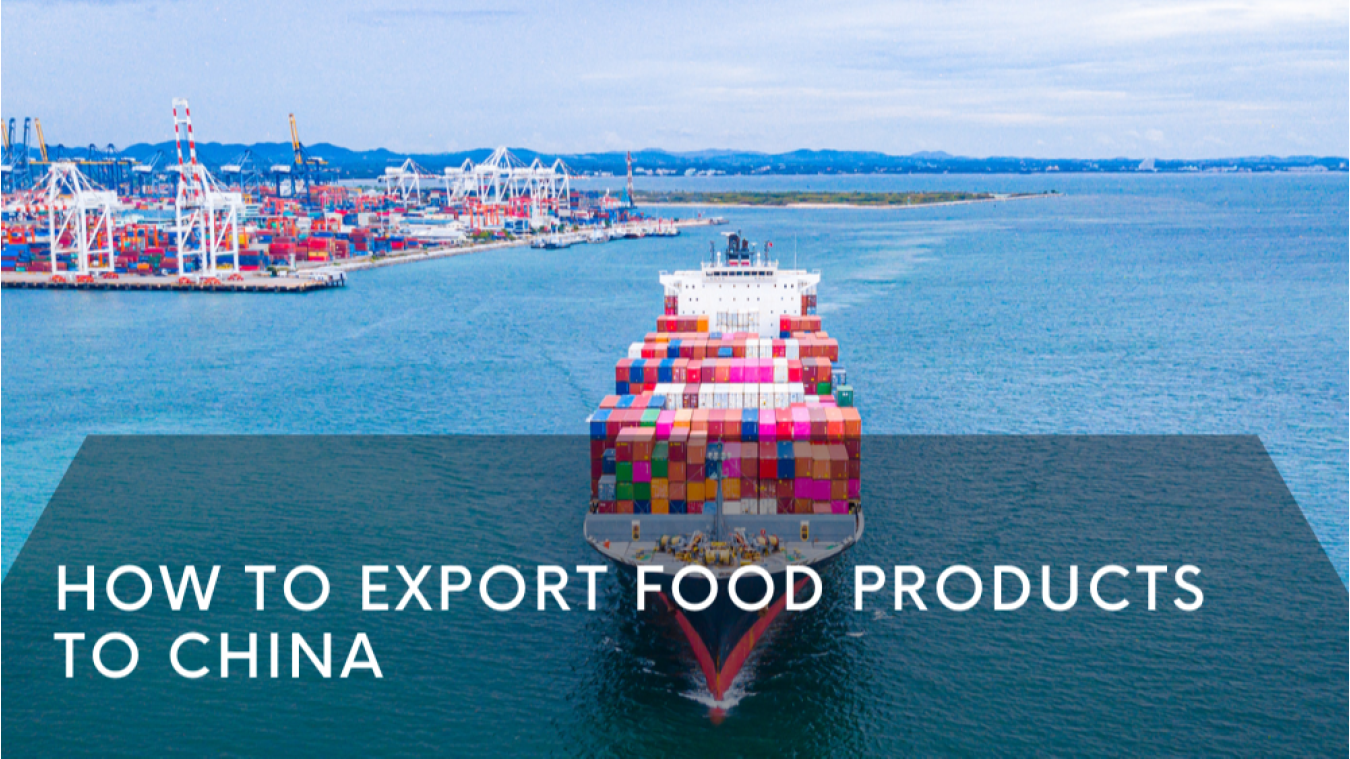
China is one of the world's leading economies and is a huge market for food products. If you are looking to export your food products to China, there are a few things you need to know. In this blog post, we will discuss the process of exporting food products to China and what you need to do to make sure your products meet their standards. We will also provide some tips for marketing your products in China.
Why you should export food to china ?
The first reason is because of the sheer size of the population. China has over one billion people, which means that there is a huge potential market for your products. Additionally, China's economy is growing rapidly, and its middle class is expanding. This provides an opportunity for companies to sell their products at a higher price point than they could in other markets.What are the process and standards for exporting food to china ?
The process of exporting food to China is relatively simple, but there are a few things you need to keep in mind. First, you will need to register your company with the Chinese government. Next, you will need to obtain a license from the Chinese Ministry of Commerce. Finally, you will need to comply with Chinese food safety standards.
The initial step for an organisation to begin exporting food products to China is deciding which channel is best to do so.
The two most common channels include:
A. Cross Border E-commerce (CBEC)
CBEC is the process of directly shipping products to consumers via an E-commerce platform. Although there still are regulations, tax and duties, there are fewer pre-market approval and border clearance requirements than the general trade channel.
This is a good option for organisations wishing to gain scope to the demand of their products without having to use traditional distribution networks. However, as CBEC ships directly to consumers, it eliminates the potential to grow export volume by servicing B2B clients.
Note: Foreign companies must be aware of the Chinese E-Commerce Law 2019 (known as the "ECL”), which regulates E-commerce shipping and sale. The details of this can be found here.
Advantages:
Disadvantages:
General trade exporting is the traditional way to export products to China. This involves incorporating a Chinese importer, distributor, or agent to allow goods to clear customs and quarantine if required. This channel allows for large scale shipment of food products to China, which can lower shipping and clearance costs by applying the economics of scale.
Advantages:
Disadvantages:
Step 2: Registration and Paperwork
Once a channel for exporting products has been chosen. An organization must register their business through the system of imported food and cosmetic importers and exporters. This can be done either through the China customs website or the Customs + internet website, dependent on the channel.
Once approved, a registration number will be received, which must be kept on record. If there is any information regarding product changes, they will need to be updated in conjunction with the registration number.
CBEC: China Online+Customs.
General Trade: China customs.
If you decide to collaborate with local importers, it is essential to note that they must be registered with the Ministry of Commerce (MOFCOM). Organisations can view local importers past performances through a public register available here. This can help with making the best decision regarding whom to collaborate with. The higher the rating (from AA to D), the less intense the importer’s shipments will be inspected.
Step 3: Trademarking & labelling
China operates a separate trademarking entity within its borders. Organisations need to register their business quickly, as China uses a first to file system. Not following this could cause a race to trademark against counterfeit organisations.
To register your trademark, an application must be made to "China Patent & Trademark Office (CTMO)” here.
There are specific regulations and labelling requirements that must be adhered to in China. Following the Food safety law 2015, all labels must be written in simplified Chinese and added to the goods before shipping. They include:
Note: all labels will need to be approved by the Chinese Inspection and Quarantine Service (CIQS)
Step 4: Food inspection and customs clearance.
For good to clear customs, it must be inspected and approved by the CIQS which governs import regulations. They will undergo the supervision inspection and quarantine of shipments to see if they conform with regulation and all mandatory paperwork is in order.
They will inspect:
Once the certificate of goods is achieved, CIQS will stamp the goods as approved. They may enter China to be sent to a distributor.
.......
Sources of information: HQTS,the QC and factory audit service. Please visit their website at www.hqts.com